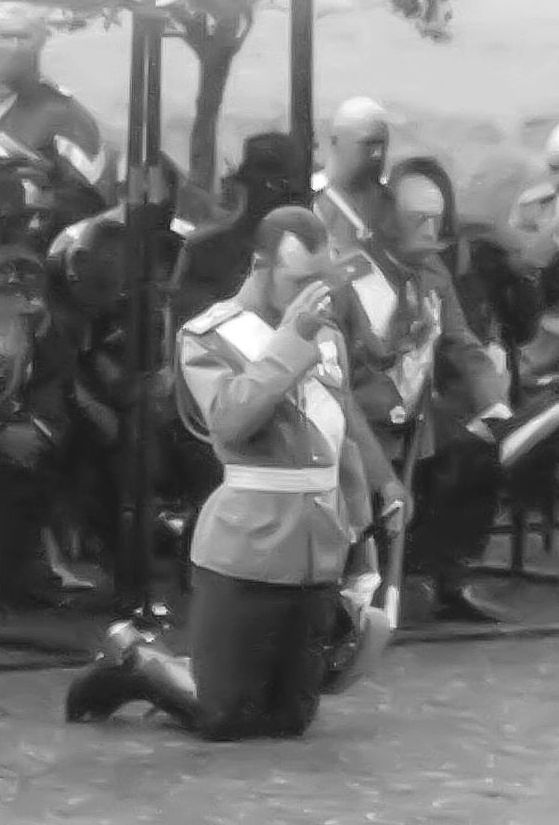
The Russian Orthodox Church under Emperor Nicholas II flourished. In 1914, it consisted of 68 dioceses, 54,923 churches, 953 monasteries, 4 theological academies, 185 religious schools, 40,530 schools and 278 periodicals. The clergy consisted of 157 bishops, 68,928 priests, 48 987 clerics, 21,330 monks in monasteries and 73,229 nuns in convents.
Emperor Nicholas II, as a Christian Sovereign, was the Supreme Defender and Guardian of the dogmas of the predominant Faith and is the Keeper of the purity of the Faith and all good order within the Holy Church.
The sovereign was the first of the Russian monarchs to approve the holding of the Local Council. He actively sought the canonization of Seraphim of Sarov, and in 1903 he led the celebration in Sarov, where 150,000 pilgrims gathered. During his reign, Theodosius Uglitsky, Joasaph Belgorod, Patriarch of Moscow and All Russia Hermogenes, Pitirim Tambovsky, John Tobolsky were all canonized saints. In 1895, he personally participated in the acquisition of the Purple Gospel, the rarest manuscript of the sixth century, from the Greek community. Nicholas II personally contributed funds for the publication – 12 volumes of the Orthodox Theological Encyclopedia and 12 volumes of the Explanatory Bible.
The construction of new churches had the full support of the emperor. During his reign, Nicholas II approved funding for the construction of over 7576 churches and chapels, and the opening of 211 monasteries.
Under the sovereign father, the structure of the military clergy was formed. By 1917, there were about 5,000 military priests in the army and navy.
The sovereign attached enormous support for the unity of the Russian Orthodox Church. On 17 April 1905, Nicholas II issued the Edict of Toleration. The decree gave legal status to religions not of the Russian Orthodox Church. This was followed by the edict of 30 October 1906 giving legal status to schismatics and sectarians of the ROC
In 1910, more than half of the parishes had charitable foundations. By 1917, almost all churches and monasteries maintained charitable institutions for the elderly and disabled, orphanages for orphans, which housed more than 600,000 people.
© Paul Gilbert. 7 February 2019





You must be logged in to post a comment.